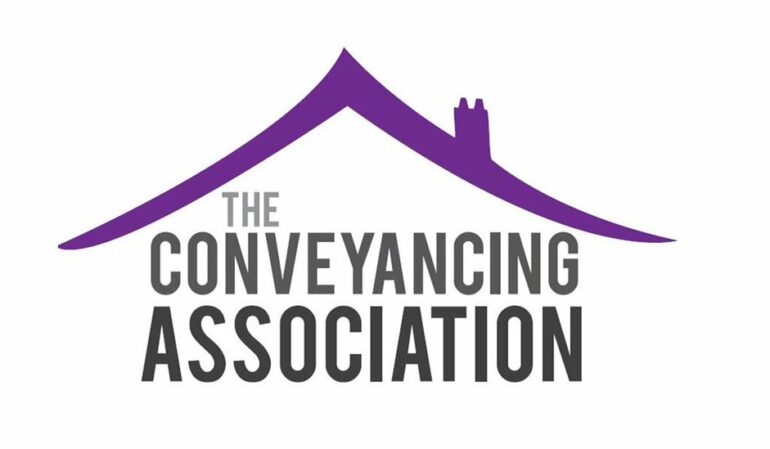The Conveyancing Association (CA) has launched its Future Digital Conveyancing Protocol document to help firms benefit from the digital services available to support the home buying and selling process.
The protocol was written to include a range of recommendations for conveyancers acting on behalf of both the buyer and the seller, and to help proactive firms make the most of the digital technology available.
The protocol was published in advance of a number of forthcoming initiatives in the technology space which will support process improvements, such as the use of digital ID and digital signatures.
The protocol also pre-empted the next set of National Trading Standards Estate and Letting Agent Team (NTSELAT) guidance on the use of material information, which is due in the Autumn.
The CA Protocol includes its general aim, why firms should adopt it, its application, plus a range of information on how firms might approach the process, what digital applications/products/services they are able to use, how they fit with regulatory and Governmental requirements, and the range of information this can encompass.
It also includes recommendations for firms in terms of how they can approach the work, depending on whether they are acting for the seller or the buyer.
As a result of the publication of the Future Digital Conveyancing Protocol, the CA will be updating both its Technical Protocol and its Pledges in the coming weeks, and is committed to updating the Digital Protocol itself in response to the initiatives and legislative announcements expected in the coming months.
Conveyancing firms can access this Protocol from the download section of the CA website.
Beth Rudolf, director of delivery at The Conveyancing Association, said: “Following a range of discussions at a number of recent CA meetings and events, and in anticipation of what the sector can expect from the Government on greater use of digital ID, Land Registry on use of digital signatures, the work of the NTSELAT on material information, and our focus on delivering the mandation of Upfront Information in the home buying and selling process, this is an opportune time to launch our new Future Digital Conveyancing Protocol.
“Many CA member firms are already using many of the digital aspects within the process already, and it’s clear they – and their clients – are benefiting from them, so we wanted to produce guidance and recommendations for how all conveyancers can make the most of this, and what standards they should be meeting when utilising these aspects.”
She added: “This is all contained in the Protocol, and it has also been written with one eye on the future, in terms of what is coming down the track, hopefully in the months ahead.
“We have published this Protocol prior to this in order that firms might be provided with a full steer on what is possible, and how they can integrate these aspects into delivering a better process and outcomes for all.
“The Protocol fits in with our commitment to process improvement, and particularly to the greater use of Upfront Information, combined with digital ID and signatures, and chain-view technology, property logbooks, etc which we believe will provide a huge step forward and drastically reduce the time it takes to complete and the wastage within our industry.”
Rudolf concluded: “By adopting the CA’s Future Digital Conveyancing Protocol, the conveyancing firm is also committed to adopting the Technical Protocol, so far as it applies, which will support their regulator’s requirements, ensure they act in the best interests of their client and comply with the rule of law while providing a consumer-centric customer experience.”



